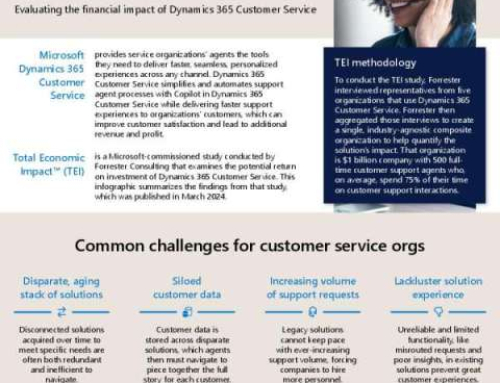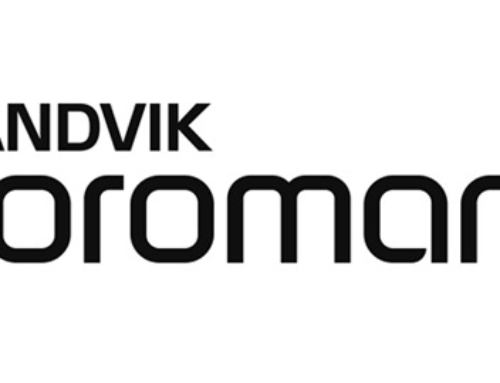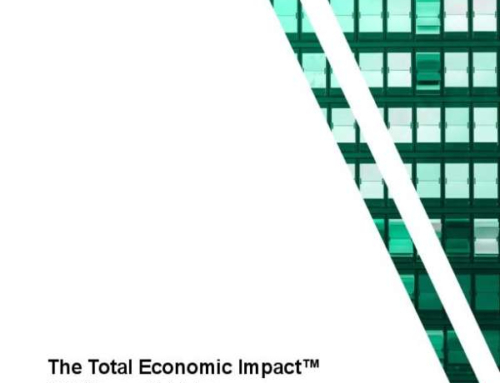Computer World: Earlier this month, Drupal’s project lead, Dries Buytaert, outlined the criteria for a beta release of the next version of the open-source CMS: Drupal 8. D8 hit alpha in mid-2013.
 Version 8 of Drupal incorporates dramatic changes for many aspects of the CMS, with improvements ranging from integrated WYSIWYG content creation and in-line editing to support for responsive design ‘out of the box’ and multi-language support.
Version 8 of Drupal incorporates dramatic changes for many aspects of the CMS, with improvements ranging from integrated WYSIWYG content creation and in-line editing to support for responsive design ‘out of the box’ and multi-language support.
“I would love to see Drupal 8 in the middle of next year, “Buytaert told Computerworld Australia.
“We’ve been saying ‘it’s ready when it’s ready,” he added. “So what that means for us is when there are no critical bugs left. I track the number of incoming critical bugs versus the number of outgoing critical bugs. How many new critical bugs are reported versus how many we fixed — and the number’s pretty steady, meaning we do a good job fixing them, but there are still some bugs coming in as people download the alphas and try things.
“They try to upgrade a module, for example. And sometimes, it’s not just bugged but also when people try to implement against one of the new APIs. Sometimes they’ll say, ‘What the hell is this?’ or ‘It could be made easier this way.'”
Buytaert said that his definition of ‘critical bug’ is pretty expansive. In addition to streamlining and simplifying content creation, site-building, and site administration, Drupal 8 has focussed heavily on making life easier for developers.
“These things — sort of developer experience improvements as we call them, usability for developers — can be considered critical bugs because we want to build a platform that wins the hearts and minds of developers,” Buytaert said.
“A critical bug doesn’t mean [Drupal] just completely doesn’t work,” Buytaert added. “It works pretty well. We run tens of thousands of tests against Drupal 8 times a day, continuously, on a cluster of hardware, and all the tests pass. So the stability of Drupal 8 alpha is pretty high, but we’re still doing a polish on the APIs and the user interfaces to make it a very high-quality product.
“It’s hard to say how long we want to do that for; to be honest, that’s how it’s a little hard to predict when Drupal eight will be ready.”
Version 8 has involved a massive re-architecture of Drupal’s internals, including drawing on other open-source projects, notably the Symfony2 framework. One of the reasons for the radical overhaul of Drupal’s design is so that D8 can make more use of object orientation and modern design patterns.
“We’ve brought Drupal more in line with modern projects,” Buytaert said. This means work needs to be done to ensure that developers who are used to the previous version of Drupal have help to adjust to D8. “It’s going to be a really great release, but there are a lot of changes, and some people will have to relearn Drupal,” Buytaert said.
“It’s not the Drupal they used to know, so that’s a challenge. Many people absolutely love that, and we have a lot of validation around ‘Yep, we’re doing the right thing for Drupal.’ It will attract many more people to Drupal, and we’ve already started to see that.
“But then there’s also a group of people that find it difficult to come along, and right now, that’s not a surprise because we haven’t done much to bring them along.”
“I think almost everyone is excited by Drupal 8,” Buytaert said. “But then when they look at it, it’s a little like ‘Whoa, there’s a lot of things have changed here, and it takes them a little time to come along.
“I think we’re in good shape. I feel confident in what we’re doing with Drupal 8, and I have no doubt it will be a great release and take Drupal to the next level in adoption…
“It’s a necessary change. We have to re-invent ourselves once in a while; I think every technology goes through that.”










Leave A Comment